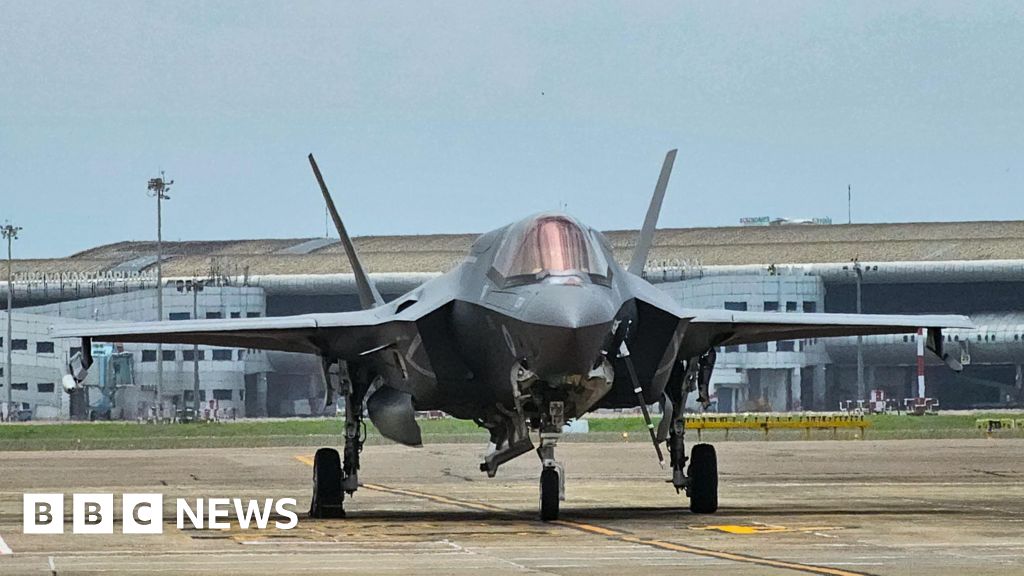What steps can be taken to enhance in-situ resource utilization (ISRU) for future astronauts on Mars? This is what a recent study presented at the 56th Lunar and Planetary Science Conference hopes to address as an international team of researchers investigated the reasons, benefits, and challenges of conducting ISRU on Mars.
This study has the potential to help astronauts, scientists, engineers, and mission planners develop new methods for enhancing the survivability of future Mars astronauts while also maximizing mission success.
Here, Universe Today discusses this incredible research with Dr. Christoph Gross, who is a postdoctoral researcher at Freie Universität Berlin (Free University of Berlin) and lead author of the study, regarding the motivation behind the study, specific locations on Mars for ISRU purposes, and the importance of ISRU in future crewed Mars missions. Therefore, what was the motivation behind the study?
Dr. Gross tells Universe Today, “The main motivation is the prospect that one day humans will set foot on Mars and will need resources to survive there. It may be feasible for short-duration stays to bring everything to Mars (comparable to the lunar Apollo missions), but for long-duration missions, at least propellant and water/oxygen resources are needed to sustain the landed crews.”
Based on a 2024 study by the same researchers, the team discussed the benefits of growing food on Mars for future crewed missions.
Based on the EDEN ISS project in Antarctica that operated from 2018 to 2022 and managed by the German Aerospace Center, the team estimated the amount of area required to produce the necessary amount of food for one crew member over one year was between 40 m2 to 65 m2 (430 ft2 to 700 ft2). Additionally, the team noted how growing plants on Mars could contribute to producing oxygen and removing carbon dioxide from the atmosphere.
The team also discussed various locations on Mars where resources could be exploited, including Juventae Chasma and Meridiani Planum, which the team notes possess hydrated minerals and uniform deposits, respectively.
Juventae Chasma is a box canyon measuring 250 kilometers by 100 kilometers (155 miles by 62 miles) and located near the Martian equator just north of Valles Marineris, the latter of which is the largest canyon in the solar system.
Meridiani Planum is a giant plain whose diameter stretches approximately 1,060 kilometers (659 miles) also located near the Martian equator and resides on top of hydrated sediments. But what other locations on Mars could be investigated for ISRU purposes?
“Our first study was in Juventae Chasma and more limited in Mawrth Vallis,” Dr. Gross tells Universe Today.
“However, many places appear to be good candidates. Our investigations use remote sensing data from orbiting instruments. In Utopia Planitia, subsurface ice and salt deposits are suspected. However, remote sensing data is pretty sparse from this location, because the basin is so deep and the atmosphere thicker there, this makes the identification of specific minerals difficult.”
Dr. Gross continues, “Also, we try to find places which are also good candidates as landing sites, e.g. scientific interest, resources present, good location for transmissions to Earth, good environmental conditions (not too extreme) etc. It also depends on what kind of resources you are looking for. For example, larger impact craters could harbor important ore deposits too, depending on where they impacted (water-rich or water-poor substrate).”
ISRU involves using available resources to maximize mission success while also reducing the number of resources that are shipped from home. In the context of space exploration, this means astronauts on Mars would use available water from buried water ice for drinking, bathing, and producing oxygen from electrolysis.
Since the atmosphere of Mars is incapable of having liquid water on its surface, buried water ice has become a target for future crewed mission plans.
Additionally, converting carbon dioxide, which is the dominant Martian atmospheric component, to oxygen using existing tools could reduce the amount of oxygen that is shipped from Earth.
Finally, due to the harsh radiation that rains down on the Martian surface daily, Martian regolith could be used to cover habitats as a shield. Therefore, what is the importance of ISRU in future crewed Mars missions, and could it potentially lead to a self-sustaining settlement, someday?
“ISRU will make settlements self-sustaining one day,” Dr. Gross tells Universe Today. “There is no question about it. I think the fact that NASA demonstrated oxygen production with the MOXI experiment on the Perseverance rover shows in which direction the research is going. It will for sure not happen at once, but it will happen.”
Dr. Gross concludes, “I think it is important to note that many more exploration missions are needed since there are still so many question marks since we have only limited data from landed missions. This could be done with small and ‘cheap(er)’ scout missions that have specific tasks to discover and specify resource deposits.”
More information:
C. Gross, et al. Reconnaissance of In-Situ Resources for Future Crewed Missions to Mars. www.hou.usra.edu/meetings/lpsc2025/pdf/1889.pdf
Citation:
Martian resource potential and challenges for future human activities (2025, May 16)
retrieved 18 May 2025
from
This document is subject to copyright. Apart from any fair dealing for the purpose of private study or research, no
part may be reproduced without the written permission. The content is provided for information purposes only.


















